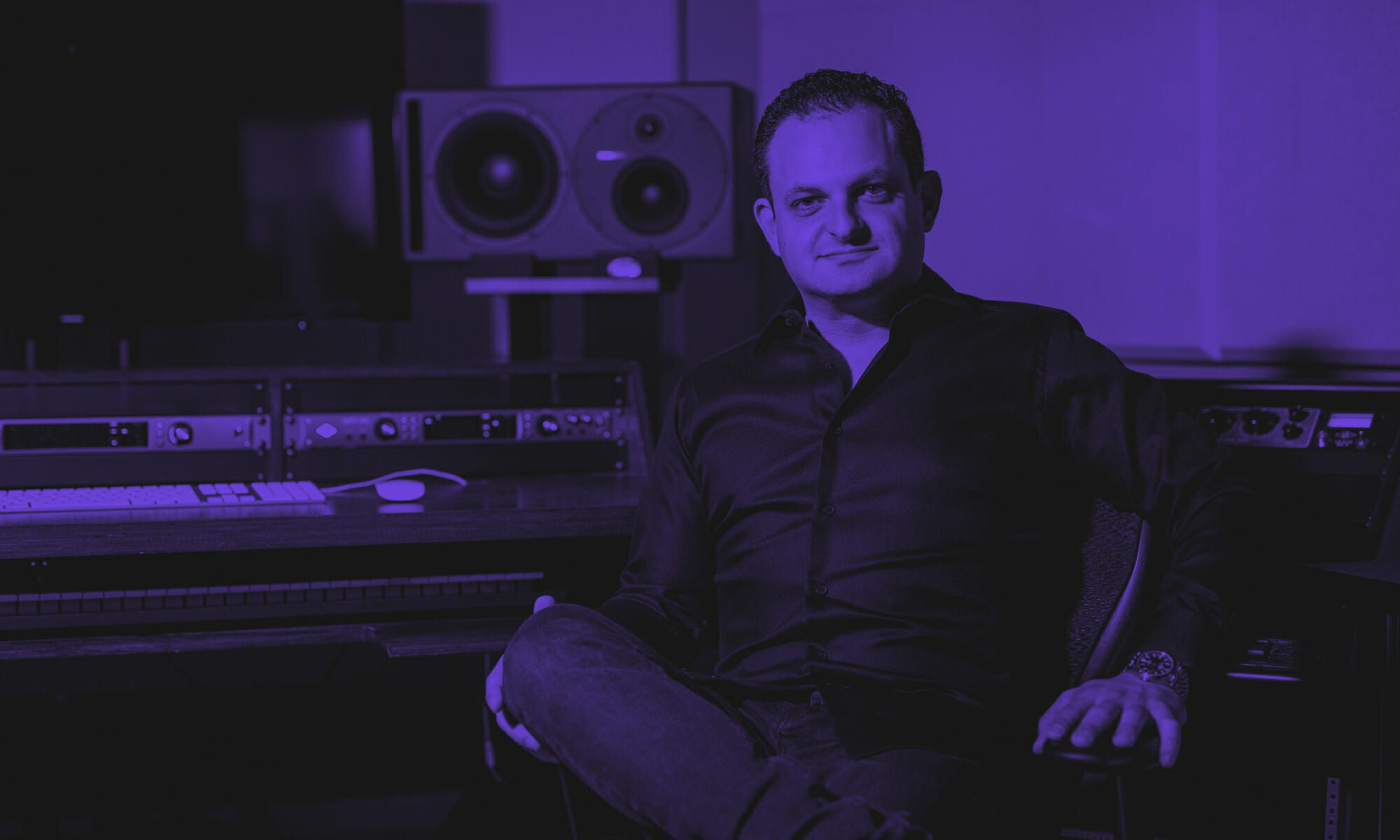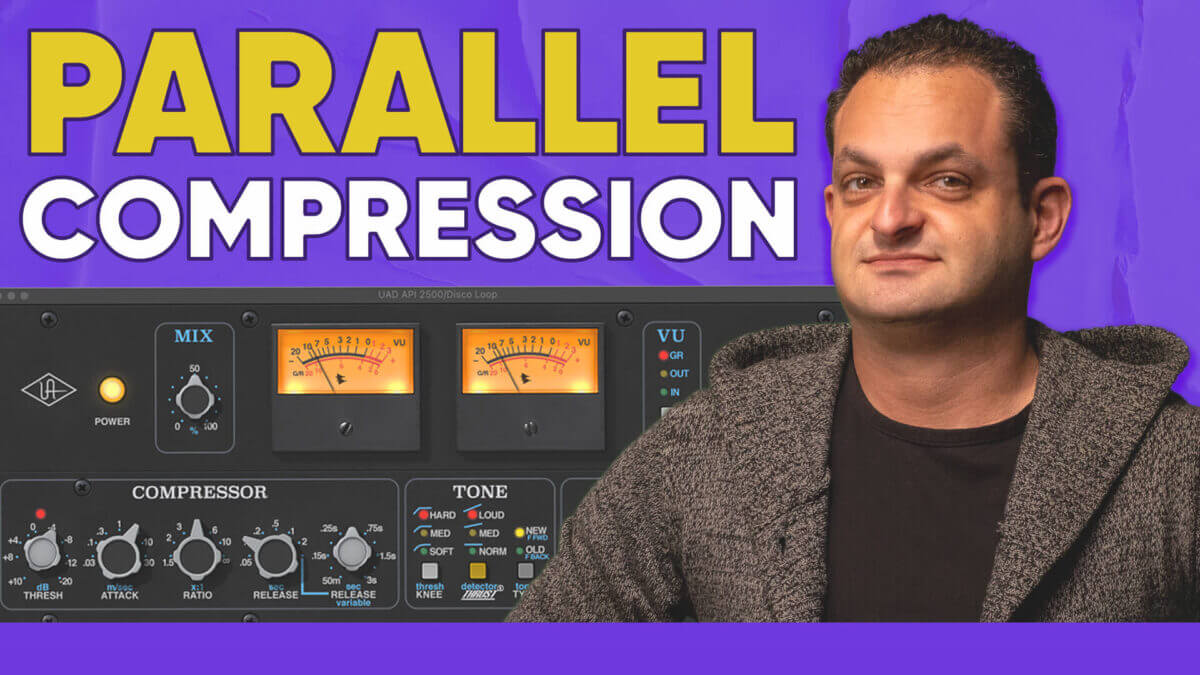One technique that has become a staple among audio engineers and producers is parallel compression. Also known as New York compression or parallel processing, this method allows you to add depth, impact, and punch to your mixes while maintaining control over the dynamics. In this blog post, we will dive into the concepts, explore its benefits, and discuss how you can effectively utilize it in your own music productions.
Understanding Parallel Compression:
Parallel compression involves blending a heavily compressed version of a sound or mix with the dry, uncompressed signal. By doing so, you can achieve the best of both worlds: the dynamic range and clarity of the uncompressed signal, combined with the energy and excitement brought by the heavily compressed signal. This technique is particularly useful for enhancing drum tracks, vocals, and even entire mixes.
The Benefits of Parallel Compression:
- Increased Impact and Presence: By applying heavy compression to a parallel track, you can emphasize the attack, sustain, and overall character of the sound. This can make drums more aggressive and punchy, vocals more present and powerful, and instruments more prominent in the mix.
- Retained Dynamics: One of the significant advantages of parallel compression is that it allows you to preserve the dynamics of the original signal. By blending the uncompressed and compressed signals, you can retain the natural ebb and flow of the music while still benefiting from the added impact and energy.
- Control Over Compression: Parallel compression gives you complete control over the amount of compression applied to the mix. You can adjust the blend of the dry and compressed signals to achieve the desired level of intensity. This level of control is especially useful when working with different elements within a mix that require varying amounts of compression.
Parallel compression is an art form, and like any other technique in music production, it requires experimentation and practice to master. Every sound source and mix will have unique requirements, so don’t be afraid to try different compression settings, adjust blend levels, or apply parallel compression to different elements of your mix. Trust your ears and make adjustments accordingly.
Thanks for watching this video on parallel compression. Make sure to subscribe on YouTube for weekly tips and tricks. All first-time clients receive a free stereo-mastered sample, inquire to get your free sample now.
GET A FREE STEREO MASTERED SAMPLE

